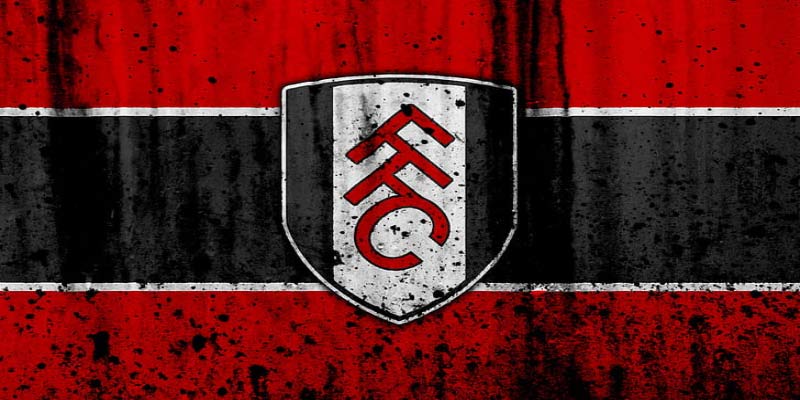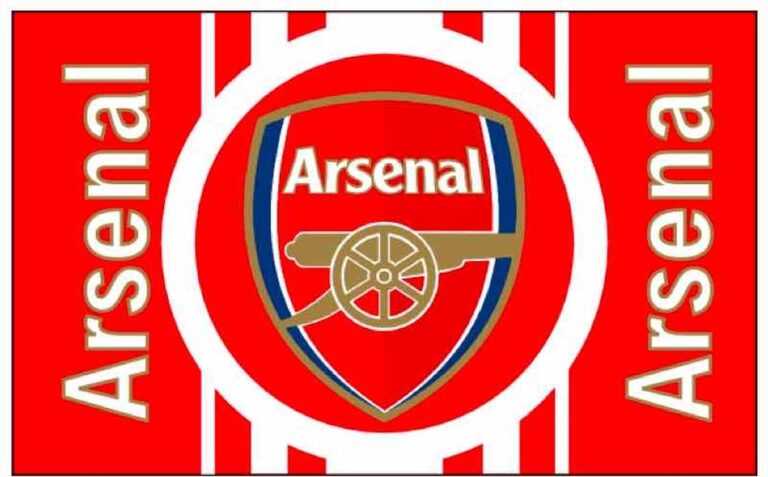
Fulham FC: The Untold Story of London’s Oldest Club
Nestled in the heart of West London, Fulham FC is more than just a football club—it’s a living testament to the evolution of the beautiful game. Established in 1879, it has navigated the highs of European glory and the lows of relegation battles, leaving an indelible mark on English football. From legendary players to historic Craven Cottage, Fulham’s journey is a captivating saga of passion, resilience, and ambition. Whether defying odds in the Premier League or reviving past glories, this club continues to inspire. Dive into the untold story of Fulham FC!
The Challenges of the 1970s to 1990s
Following the highs of the 1960s, Fulham FC entered a challenging phase characterized by relegation battles, managerial changes, and financial difficulties. Despite these hardships, the club demonstrated resilience, adapting to the shifting landscape of English football.
Relegation and Recovery
By the mid-1970s, Fulham FC found itself struggling in the top tier of English football. Relegation to the Second Division in 1979 marked a significant setback, prompting a reevaluation of strategies and personnel.
The loss of star players and inconsistent performances contributed to the decline. Yet, even in adversity, Fulham FC displayed remarkable tenacity. The club fought valiantly to return to the First Division, showcasing the indomitable spirit that fans had come to admire.
With the appointment of new management, the team gradually regained its footing. Investment in player acquisitions and a renewed focus on tactical discipline enabled Fulham FC to compete more effectively.
Financial Difficulties
The challenges of the 1980s extended beyond the pitch. Financial instability plagued Fulham FC, resulting in a series of ownership changes and uncertainty about the club’s future. The lack of resources hindered the ability to attract top talent, making it difficult to mount serious challenges in the league.
However, the loyalty of Fulham FC supporters never wavered. The passionate fan base rallied around the club, attending matches in droves even during the most challenging times. Their unwavering dedication kept the spirit of the club alive, reminding everyone that Fulham FC was more than just a team—it was a community.
A New Dawn
The dawn of the 1990s brought with it hope and optimism for Fulham FC. With a fresh approach to management and an increased commitment to financial stability, the club began laying the groundwork for a brighter future.
Supporters witnessed the hiring of knowledgeable staff, innovative training methods, and strategic partnerships that aimed to revitalize the club. This new direction would soon pave the way for Fulham FC to emerge from the shadows and reclaim its position among England’s elite.
Premier League Ascendancy: The 2000s
The turn of the millennium ushered in a new era for Fulham FC. A combination of astute signings, a dedicated coaching staff, and a revitalized fanbase propelled the club into the Premier League, marking a significant milestone in its history.
Promotion to the Premier League
In 2001, Fulham FC achieved promotion to the Premier League after an impressive campaign in the First Division. Under the guidance of manager Jean Tigana, the club adopted an attacking philosophy, winning fans over with exciting football.
The squad featured several international players who brought experience and flair to the team. Notable names such as Louis Saha and Edwin van der Sar became key components of Fulham FC’s resurgence, helping the club establish itself in the top flight.
The excitement surrounding Fulham‘s promotion was palpable, as fans eagerly anticipated encounters with some of the biggest teams in the country. Matches against rivals like Chelsea and Arsenal drew massive crowds to Craven Cottage, transforming the atmosphere into one of electric anticipation.
Establishing a Competitive Edge
Once in the Premier League, Fulham FC faced the challenge of competing against well-funded clubs. Strategic recruitment became paramount as the club sought to bolster the squad while remaining financially prudent.
Through smart scouting and shrewd acquisitions, Fulham gradually built a competitive side that consistently challenged for mid-table finishes. The likes of Brian McBride and Bobby Zamora provided crucial goal-scoring prowess, while veteran players added leadership and experience to the squad.
The club’s commitment to developing young talent continued, with promising players emerging from the academy system. This focus on youth ensured that Fulham FC maintained a sustainable model for success, balancing immediate performance goals with long-term growth.
European Adventures
The pinnacle of Fulham FC’s achievements during this era came in 2010 when the club reached the UEFA Europa League Final. Under the management of Roy Hodgson, Fulham FC embarked on a remarkable run in the competition, defeating several illustrious opponents along the way.
Reaching the final against Atletico Madrid marked a historic moment for Fulham FC, showcasing the club’s resilience and determination. Although they ultimately fell short in the final, the journey captured the hearts of supporters and solidified the club’s reputation on the European stage.
The influence of this European adventure reverberated through the club, inspiring a new generation of fans and players. It demonstrated that, despite being perceived as underdogs, Fulham FC possessed the character and skill to compete with Europe’s finest.
Recent Developments: Challenges and Triumphs
The past decade has been a rollercoaster ride for Fulham FC. Like many clubs, it has faced its share of ups and downs, including relegation, promotion, and attempts to establish itself in the Premier League once again.
Navigating Relegation and Promotion
The 2010s were marked by a tumultuous period for Fulham FC, characterized by relegation from the Premier League in 2014 followed by a series of near-misses in the Championship. Each season brought renewed hope, but the elusive return to the top flight proved challenging.
Successive managerial changes led to instability within the club. The revolving door of coaches affected player morale, making it difficult to develop a cohesive playing strategy. However, through perseverance, Fulham FC remained committed to regaining its place in the Premier League.
In 2018, the club secured promotion through the Championship playoff final, igniting jubilation among supporters. The triumphant victory showcased the resilience and determination of the players and coaching staff, marking a new chapter in the club’s history.
Building a Stronger Foundation
Arriving back in the Premier League presented new challenges for Fulham FC. The club focused on building a stronger foundation, ensuring that it could compete sustainably against the wealthier teams in the league.
Investment in infrastructure and facilities became a priority. Enhancements to Craven Cottage aimed to improve the matchday experience for fans while creating an environment conducive to attracting top talent.
Moreover, the club placed emphasis on analytics and sports science, investing in modern methods to enhance player performance and recovery. This commitment to progress signaled the evolution of Fulham FC, striving to remain competitive in an ever-changing landscape.



